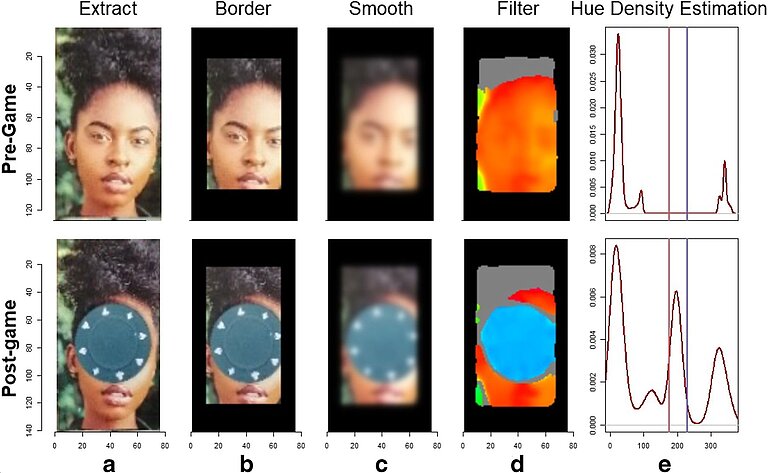DieTryin: an R Package for Data Collection, Automated Data Entry, and Post-Processing of Network-Structured Economic Games, Social Networks, and Other Roster-Based Dyadic Data
Researchers studying social networks and inter-personal sentiments in bounded or small-scale communities face a trade-off between the use of roster-based and free-recall/name-generator-based survey tools.

Researchers studying social networks and inter-personal sentiments in bounded or small-scale communities face a trade-off between the use of roster-based and free-recall/name-generator-based survey tools. Roster-based methods scale poorly with sample size, and can more easily lead to respondent fatigue; however, they generally yield higher quality data that are less susceptible to recall bias and that require less post-processing. Name-generator-based methods, in contrast, scale well with sample size and are less likely to lead to respondent fatigue. However, they may be more sensitive to recall bias, and they entail a large amount of highly error-prone post-processing after data collection in order to link elicited names to unique identifiers. Here, we introduce an R package, DieTryin, that allows for roster-based dyadic data to be collected and entered as rapidly as name-generator-based data; DieTryin can be used to run network-structured economic games, as well as collect and process standard social network data and round-robin Likert-scale peer ratings. DieTryin automates photograph standardization, survey tool compilation, and data entry. We present a complete methodological workflow using DieTryin to teach end-users its full functionality.
Publication: Cody T. Ross, et al., DieTryin: An R package for data collection, automated data entry, and post-processing of network-structured economic games, social networks, and other roster-based dyadic data, Behavior Research Methods (2023). DOI: 10.3758/s13428-021-01606-5
Original Story Source: Max Planck Institute for Evolutionary Anthropology

 Alerts Sign-up
Alerts Sign-up